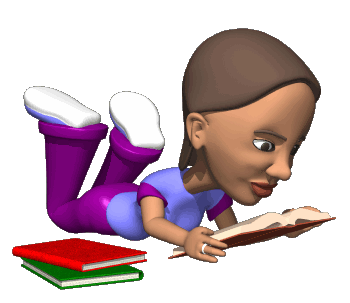
Homework is another great tool to strengthen the home-school partnership! By working with your child at home, you are showing them how important school is to their success. You will also be showing your child that you are there to support them and that you are proud of them.
Here are some homework ideas:
1. Read, read, read! Have your child read to you and be sure to read to your child! By October students will be bringing home a nightly reading bag. Be sure to read each night together and sign the reading log.
2. Take your child on a letter, sound, or word scavenger hunt. Make a game out of learning! Children love to do this. To make it more exciting, make your child a magnifying glass out of pipe cleaners. He or she will feel like a detective! Together, you can also go on a color, shape, or number hunt as well.
3. Let your child help you with the grocery list. Young children love to help in any way they can. Allow your child to help you write out some of your list, or have them help you write the list.
4. Your child can be your cooking assistant at dinner time. He or she can be your timer as they count or they can estimate how long dinner might take. Your child can also help you measure the ingredients.
5. Have your child measure items around the house with non-standard forms of measurement (such as blocks, crayons, paper clips, coins, twist ties, matchbox cars, etc.).
6. Keep many writing tools and paper in your home. This will give your child opportunities to write whenever they want to. Ask your child to write about his or her favorite part of their day. Children love to write their thoughts, signs, cards, and stories.
7. Ask your child to retell their favorite picture book.
8. Encourage your child to use strategies that good readers use to help them figure out tricky words. Below are the strategies that we have learned in.
Good Reading Strategies
Look at the picture.
Sound the word out by fingerspelling, stretching the word, or putting the sounds on their arm.
If what your child read does not make sense, have them go back and try it again.
Break the word apart.
Skip over the tricky word, finish the sentence, and go back and try it again.
9. When your child comes home from school, ask them two questions. "What was one thing you learned in school today?" and "What was one question you asked today?"
10. Practice sight words with your child. Have your child read them, write them, build them, or clap and cheer them!


